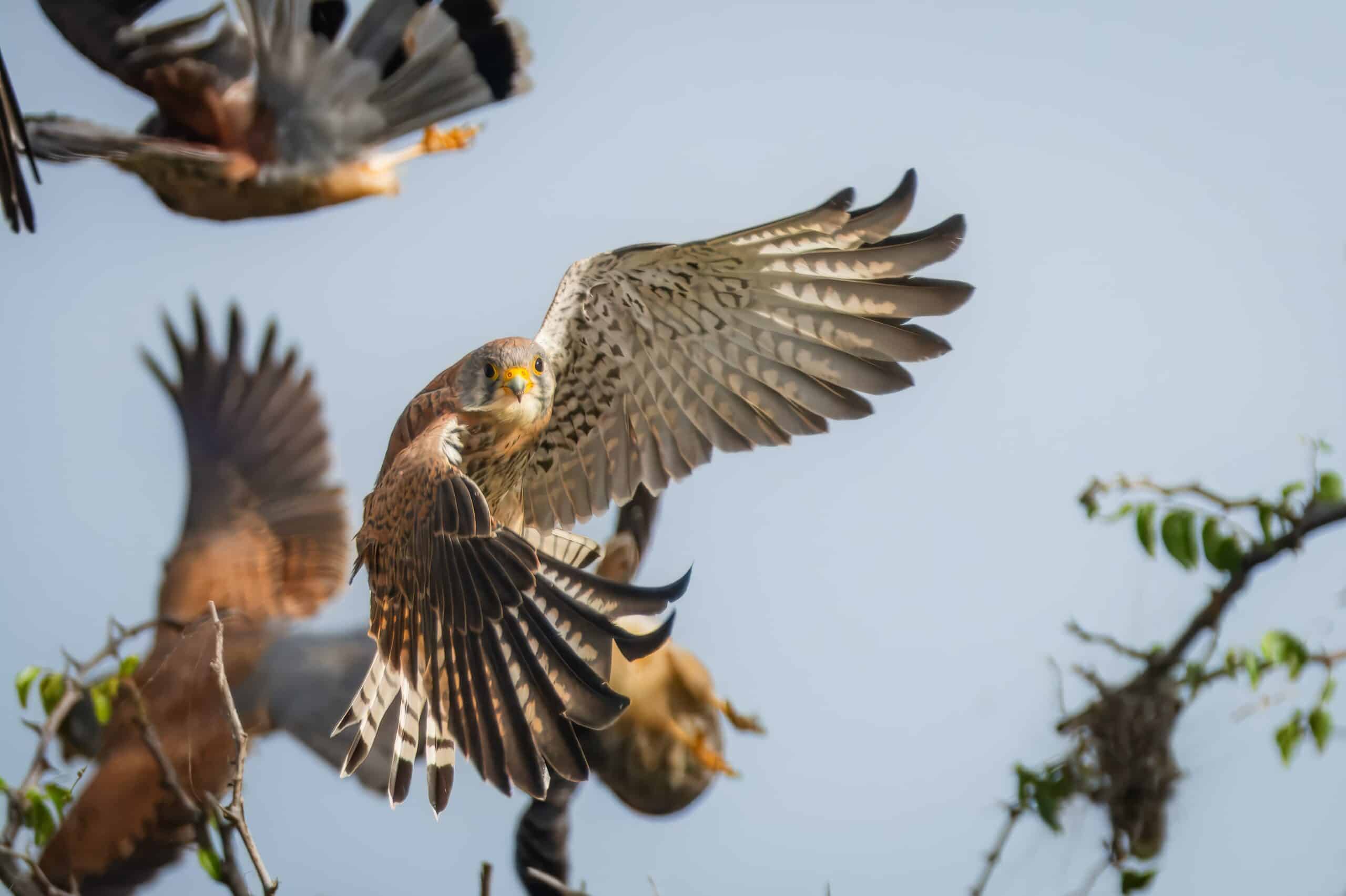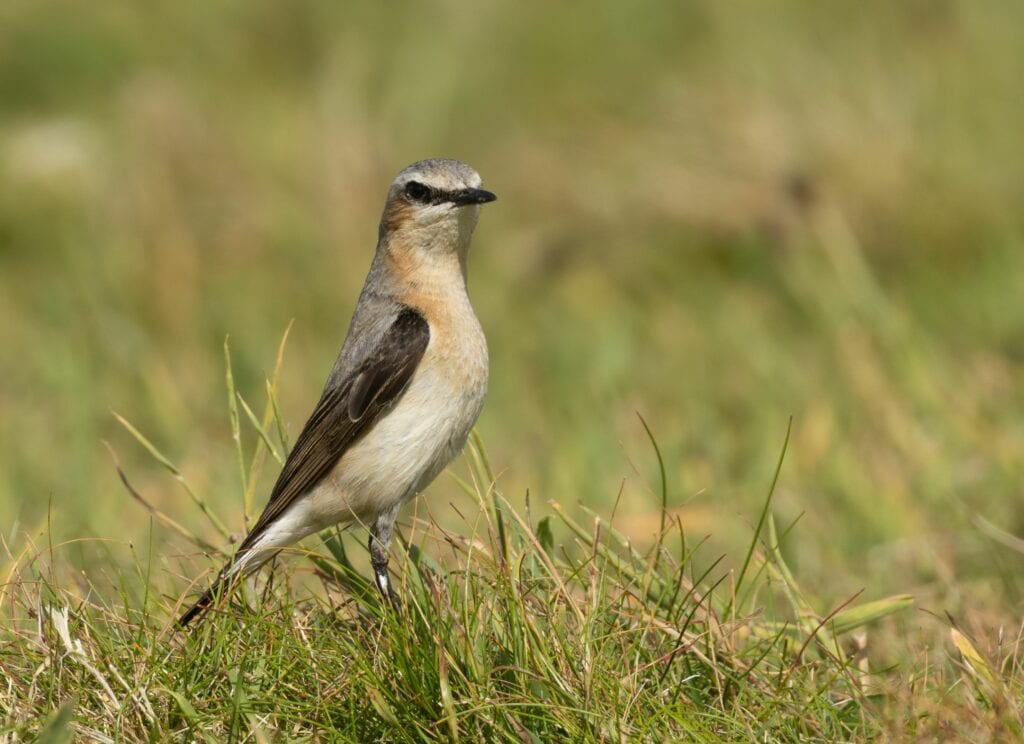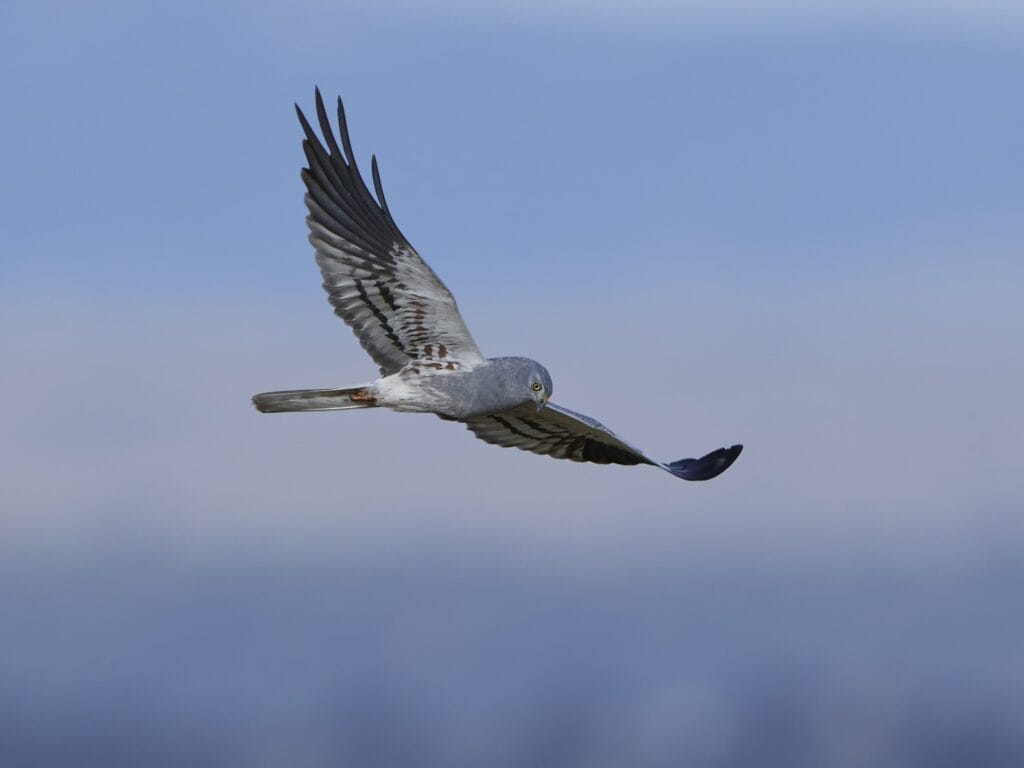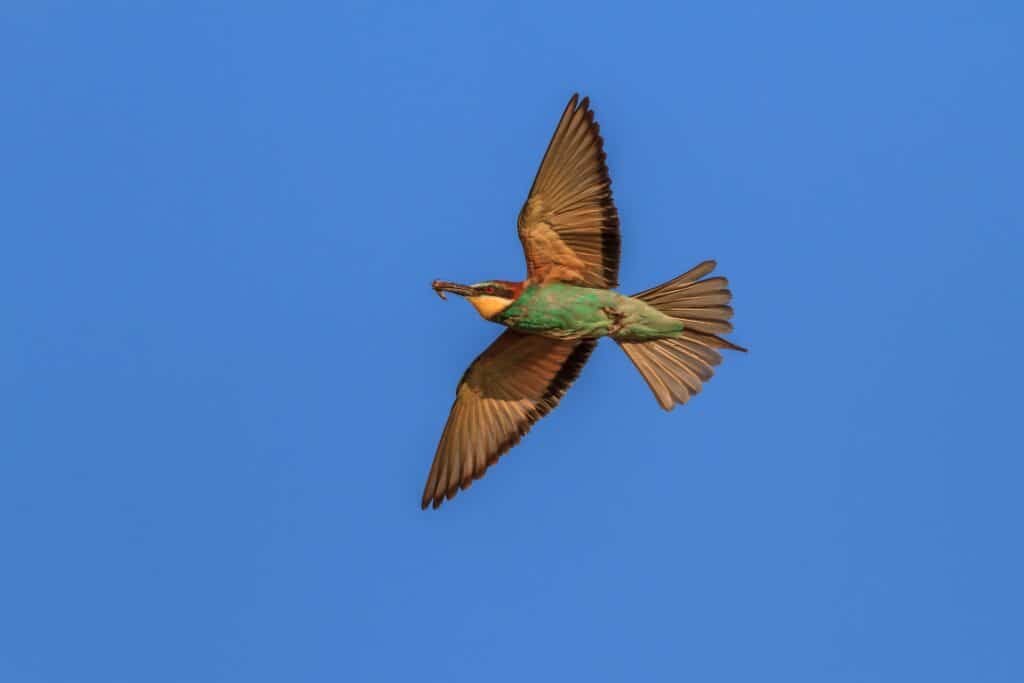

(The) Science and Spectacle – Bird Migration in Northern Tanzania
Northern Tanzania is a natural crossroads for one of nature’s greatest journeys: bird migration. From the far reaches of Alaska to this breathtaking region, flocks travel thousands of kilometres to find sanctuary. The Rift Valley, with its lakes and forests, the sweeping savannahs, and woodlands below, are more than just landscapes, they become lifelines. Here, birds pause, refuel, and rest, their journeys shaped by these critical stopovers. Each habitat plays its part, revealing how migratory species ingeniously adapt, not just to survive but to thrive, as the seasons and ecosystems around them continuously shift…
The Science of Migration
Migration is one of nature’s most intricate phenomena, driven by the ebb and flow of seasonal resources. In temperate regions, spring and summer unleash a bounty of insects, transforming the landscape into a feast for birds. This sudden abundance makes the gruelling journey from tropical wintering grounds worthwhile, offering the perfect setting for raising their young in food-filled environments.
But migration is more than a search for food, moreover, it’s a test of navigational prowess. Birds like the European Nightjar follow the Earth’s magnetic field to cross continents, while others, such as the Common Swift, rely on scent to guide their way.

Within Africa, the rhythm of migration is no less extraordinary. Lesser Flamingos, for instance, follow the rains across the continent, drawn to Northern Tanzania’s soda lakes — Natron, Eyasi, and Little Momella — where nutrient-rich waters bloom with algae, providing sustenance for their journeys.

Rift Valley and Lake Eyasi: Crucial Stopovers
The Rift Valley is a lifeline for millions of migrating birds, guiding them on their long journey from Europe and Asia. Within this vast corridor, the Tanzanian Rift Valley’s rich abundance of lakes, forests, and wetlands offers crucial sanctuaries for birds to rest and winter. Lake Eyasi, with its shimmering soda waters framed by freshwater springs and brackish swamps, becomes a bustling locale for waterbirds. Beyond the lake’s water-rich shores, the open grasslands east of Lake Eyasi become a vital resting ground for Caspian Plovers. These plucky travellers, migrating from Central Asia, find shelter in Northern Tanzania’s plains during the non-breeding season, further cementing the region’s role as a keystone in the East African migration network.


Visitors to Entara’s Kisima Ngeda Camp logging their sightings. Photo: Osse
From the scenic perch of Kisima Ngeda Camp, visitors can witness the flurry of life as thousands of White-winged Black Terns breed here, their numbers swelling with migratory guests. Along the lake’s vibrant shores, White Pelicans, waders, and storks gather in droves, while the surrounding woodlands hum with passerines like the Spotted Flycatcher, drawn by the region’s bounty of resources.


Flock of White-Winged Black Terns (left) and the Spotted Flycatcher (right). Photo: Osse
The Serengeti’s vast plains are famous for the great mammal migration, but the skies tell a story just as riveting. Each year, the Lesser Kestrel, a small but resilient falcon, leaves its breeding grounds in Europe and Central Asia to spend winter soaring above the Serengeti’s open landscapes, rich with hunting opportunities. This migration is part of a larger Palearctic-African pattern, where millions of birds escape the taxing northern winters for the milder climates of Africa.

Another long-distance traveller, the Northern Wheatear, embarks on one of the most remarkable journeys of any songbird—up to 15,000 kilometres from the Arctic regions of Europe and Asia to sub-Saharan Africa. Their endurance is astonishing, and their presence in the Serengeti highlights the park’s importance in global bird migration. Raptors like Pallid and Montagu’s Harriers also find refuge here. These elegant hunters, gliding low over the grasslands in their distinctive V-shaped flight, migrate from Europe and North Africa to the Serengeti, drawn by the abundance of prey during the green season.


Northern Wheatear (left) and Montagu’s Harrier (right).
Entara’s Olmara and Esirai Camps, nestled in the remote areas of the Serengeti, are perfect vantage points to witness these avian travellers. Surrounded by acacia groves, swamps, and sweeping grasslands, guests can immerse themselves in the unfolding spectacle of migration across the iconic Serengeti landscape.
Tarangire National Park: A Migrant Haven
Tarangire National Park, famed for its towering baobabs and vast elephant herds, is also a sanctuary for an extraordinary variety of birdlife. Boasting one of the highest densities of breeding bird species in the world, the park is a magnet for ornithologists. During migration, its woodlands come alive with warblers and other passerines, drawn by the abundant insect life.
Among the migratory visitors, Abdim’s Stork stands out. This intra-African traveller follows seasonal rains, arriving in Northern Tanzania during the wet season to feast on locusts and swarming insects. Their presence underscores Tarangire’s vital role, not only as a breeding ground but also as a key feeding station for migratory species.
For those eager to witness this avian spectacle, Entara’s Olkeri Camp, located at Tarangire’s edge in the Randilen Wildlife Management Area, offers the perfect vantage point. From here, guests can explore the rich birdlife flourishing in the park’s woodlands and grasslands.
Mount Meru and Arusha National Park: A Different Altitude
The lush montane forests of Mount Meru rise like emerald tiers, creating a cool, misty harbour for migratory birds who depend on higher altitudes. Among its shaded canopies, the Eurasian Blackcap, a small warbler, flits quietly, having journeyed all the way from Europe. Recent shifts in climate have driven some of these birds even further south, with Northern Tanzania now serving as one of their winter refuge destinations.
Arusha National Park hums with life as European Bee-eaters flash vibrant hues across the sky, darting through the warm air to catch insects mid-flight. The park’s patchwork of grasslands and dense forest provides these travellers with a haven during their seasonal retreat of the non-breeding season.


European Bee-eater
Entara’s Koroi Forest Camp, set to open in July 2025, will offer a secluded retreat in these forested heights. From there, guests will be enveloped by the sights and sounds of local and migratory species, immersed in the untamed beauty of Mount Meru’s rich and dynamic ecosystem.

Enquire now
Facebook
Instagram




(The) Science and Spectacle – Bird Migration in Northern Tanzania

A Journey Through Tanzania’s Night Sky and Traditions






